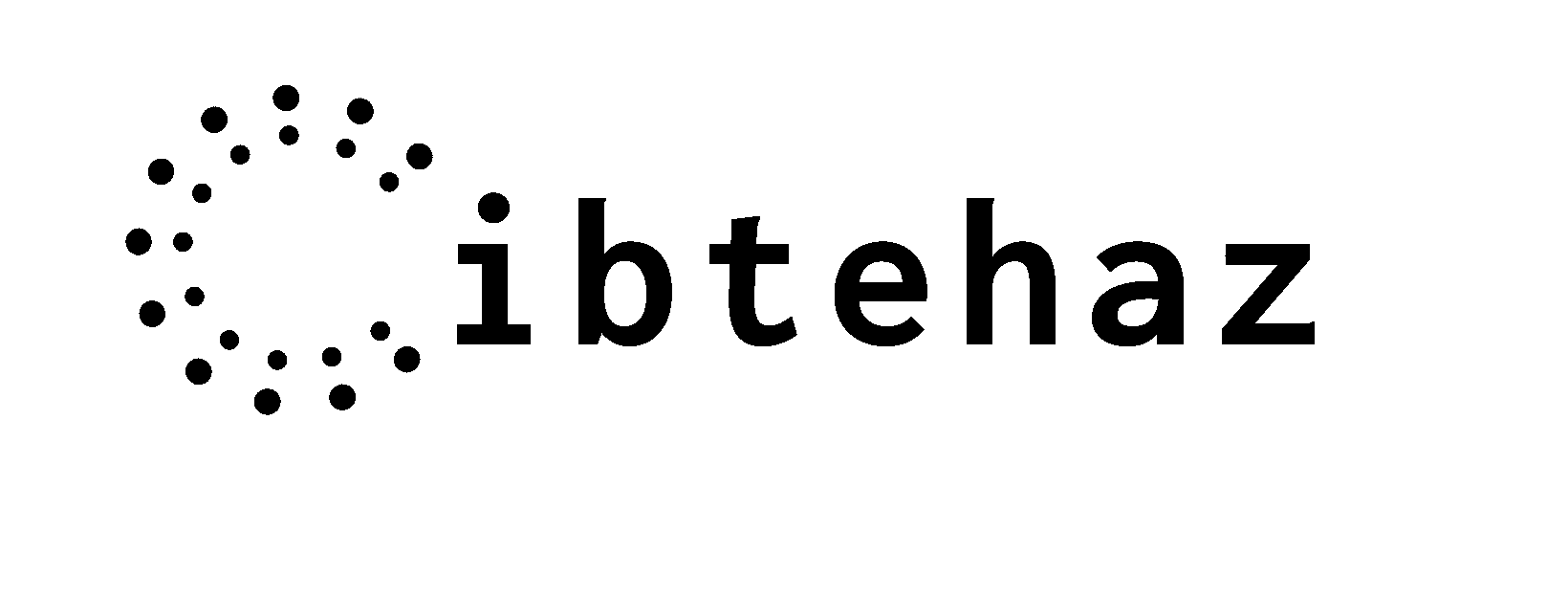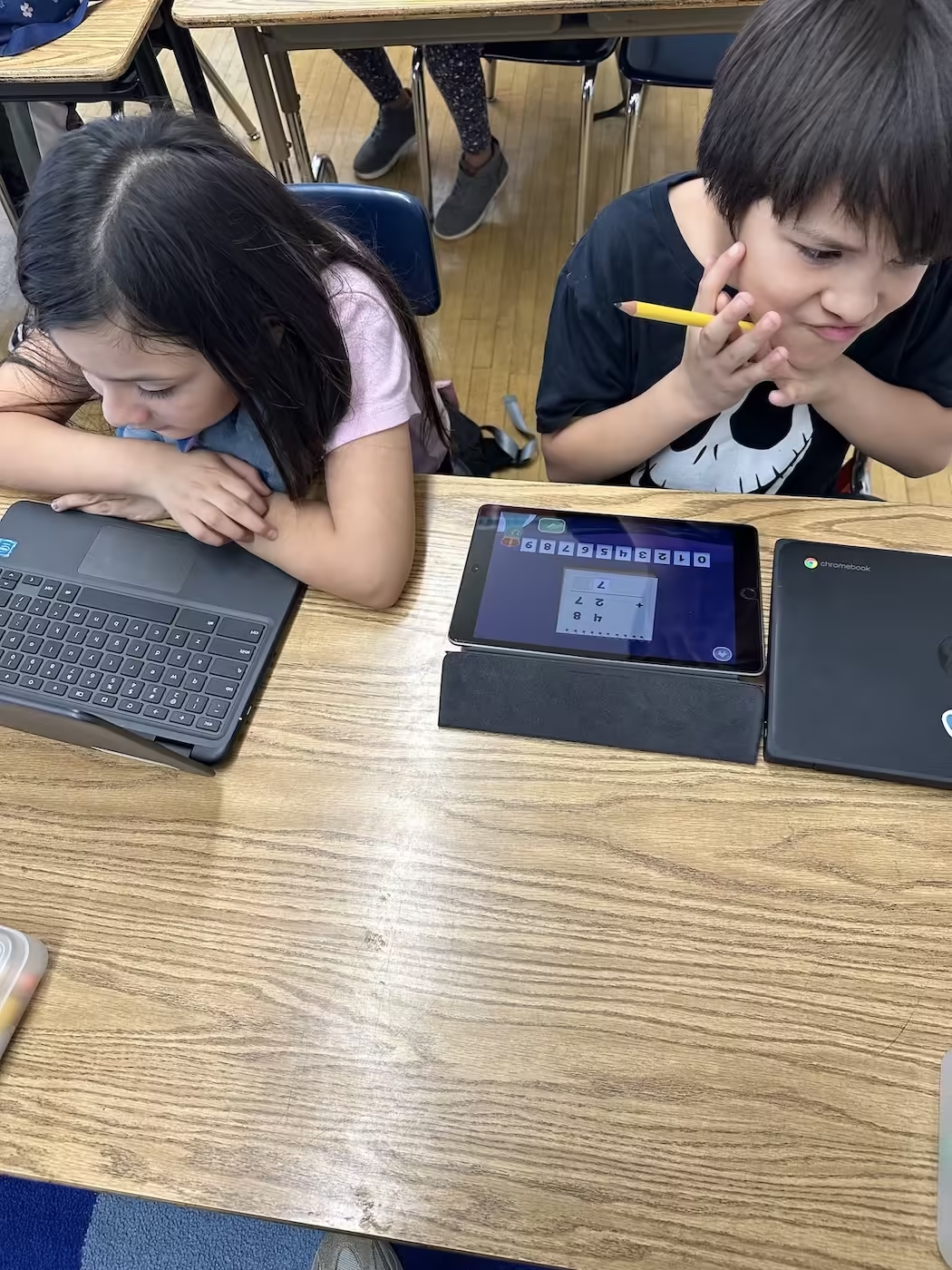Los Angeles, home to one of the most diverse populations in the world, stands at the crossroads of innovation and opportunity. As a city rich in talent and creativity, it’s clear that the future lies in STEM (Science, Technology, Engineering, and Math). But for LAUSD students, especially those from historically underrepresented backgrounds, STEM isn’t just a subject—it’s a lifeline to a better future. It’s the promise of breaking generational cycles of poverty and underrepresentation.
Why STEM Accessibility in Los Angeles Matters
LAUSD, the second-largest school district in the U.S., serves one of the most culturally and economically diverse populations in the country. With over 600,000 students—80% from low-income households and more than 70% identifying as Hispanic/Latino—LAUSD reflects not only the rich diversity of Los Angeles but also the disparities in access to educational resources. Research shows that students in low-income areas often lack access to high-quality STEM education, having fewer resources, less qualified teachers, and outdated technology compared to their peers in more affluent neighborhoods.
Targeted investments in STEM programs for underserved schools are crucial to bridging this gap. Initiatives like the LA STEM Hub and CS4LAUSD have made strides in providing coding and engineering curricula to underrepresented communities, but more needs to be done to scale these efforts across the district. Nonprofits, local government initiatives, and corporate partnerships play a key role in leveling the playing field, ensuring that students from all backgrounds have the tools they need to succeed in a tech-driven world.
Coding: A Gateway to Innovation
Coding has emerged as one of the most critical skills for students today, especially in a city like Los Angeles where the tech industry is booming. For students in underserved communities, learning to code can be transformative. Studies indicate that exposure to coding improves problem-solving and analytical thinking skills while boosting confidence and a sense of agency in the digital world. LAUSD’s Computer Science Equity Project is working toward making coding a fundamental part of the curriculum, integrating it from elementary through high school.
Beyond the immediate benefits of learning an in-demand skill, coding provides a way for students to express themselves creatively and envision future careers in tech. As an educator, I’ve witnessed how coding empowers students to take ownership of their learning. When they see themselves as future software engineers or tech entrepreneurs, doors to previously unimaginable opportunities open.
Teaching STEM to Neurodiverse Students
One of the most rewarding aspects of my work is teaching coding and STEM subjects to neurodiverse students. Neurodiverse students often approach problems with unique perspectives, making them exceptional problem-solvers. The structured yet creative nature of coding allows these students to build confidence, focus, and hone their problem-solving skills.
Programs like STEM3 Academy in Los Angeles, which are designed specifically for neurodiverse students, show how tailored learning environments can help these students excel. These programs not only accommodate the learning styles of neurodiverse students but also underscore the importance of diverse cognitive approaches in STEM fields. By promoting inclusive learning environments, we foster innovation that benefits everyone.
Bridging the Gap: STEM as a Lifeline
The benefits of coding and STEM education go far beyond individual success. STEM programs have the potential to close opportunity gaps in communities where economic mobility has stagnated for generations. When students from marginalized backgrounds acquire STEM skills, they are positioned for higher-paying jobs and equipped to solve real-world challenges. STEM becomes not just a career path but a tool for social change.
In neighborhoods like South LA, where systemic inequities run deep, programs like LAUSD’s STEAM Initiative are driving STEM opportunities directly to students. By introducing robotics, coding, and engineering into schools, the district is reshaping the narrative—students are not just passive learners but active innovators, applying their life experiences to solve problems that matter to them.
The Importance of STEM Mentorship in Underrepresented Communities
In many parts of Los Angeles, especially in lower-income neighborhoods, students lack role models in STEM careers. Without representation, it’s difficult for students to imagine themselves in these fields. Mentorship programs focusing on STEM for underrepresented students help fill this gap. Initiatives like Black Girls CODE Los Angeles and LA Makerspace provide opportunities for students of color and girls to engage with professionals in tech. These programs have been shown to significantly improve students’ attitudes toward STEM and increase the likelihood of pursuing STEM careers.
Mentorship creates more than just career guidance—it fosters a sense of belonging in STEM fields. When students see mentors from similar backgrounds, it challenges the misconception that STEM is reserved for certain groups. This representation is especially critical for young girls and students of color, who are often underrepresented in advanced STEM courses and careers.
Why Inclusive STEM Education is Crucial for the Future
STEM is not just about building robots or solving complex equations. It fosters critical thinking, curiosity, and problem-solving skills applicable to a wide range of challenges. The diversity of thought and experience that students from various backgrounds bring to STEM is invaluable for innovation. Research consistently shows that diverse teams are more likely to develop creative solutions and generate better outcomes. Therefore, including more voices in STEM isn’t just a moral imperative—it’s practical.
LAUSD’s commitment to expanding access to STEM through initiatives like the STEM & Career Technical Education (CTE) Pathways program is a significant step forward. This program provides hands-on learning experiences in fields like robotics, computer science, and engineering, aligned with industry needs. However, more resources and support are required to ensure that all students, particularly those in low-income communities, have access to these opportunities.
Looking to the Future
The future of STEM education in Los Angeles depends on our ability to make it inclusive and accessible for all students. By investing in programs that target underrepresented communities, supporting neurodiverse students with tailored learning environments, and fostering mentorship, we can create a more equitable STEM landscape. This is not just about preparing students for jobs—it’s about empowering them to solve the challenges of tomorrow.
References:
- Oakes, J. et al. (2006). The Role of Schools in Disparities in STEM Learning: Educational Opportunities in Los Angeles. Journal of Education Policy.
- Los Angeles Unified School District (2023). LAUSD Equity Report: Bridging Gaps in Education.
- CS4LAUSD (2022). Expanding Coding Opportunities in Los Angeles.
- Margolis, J. et al. (2012). Stuck in the Shallow End: Education, Race, and Computing. MIT Press.
- LAUSD (2022). Computer Science Equity Project: Expanding Coding Curriculum.
- Kasari, C. et al. (2015). STEM for Neurodiverse Students: New Frontiers in Education. Autism Research Journal.
- STEM3 Academy (2023). Creating STEM Pathways for Neurodiverse Learners.
- STEM Next Opportunity Fund (2020). STEM Education as a Tool for Economic Mobility.
- LAUSD (2021). STEAM Initiative Overview.
- Black Girls CODE (2023). Empowering Young Girls in STEM.
- Los Angeles MakerSpace (2022). Mentorship in Tech for Underserved Students.
- National Academy of Sciences (2016). Expanding Underrepresented Groups in STEM: Barriers and Solutions.
- Page, S. E. (2008). The Difference: How the Power of Diversity Creates Better Groups, Firms, Schools, and Societies. Princeton University Press.
- LAUSD (2023). STEM & Career Technical Education Pathways Program.





